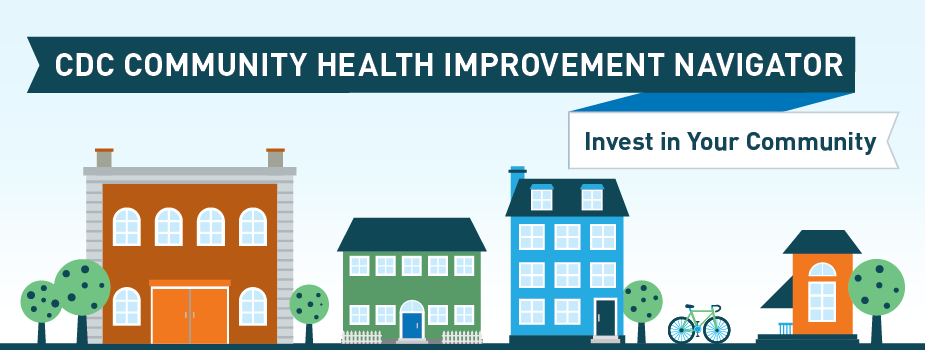Instruction:
Please look at the American Academy of Gastroenterology Clinical Guidelines for the updated H.Pylori therapy. This is the website and you may copy it and paste it in the internet to get the article journal with the treatment guidelines:
http://gi.org/wp-content/uploads/2017/02/ACGManagementofHpyloriGuideline2017.pdf
This is an example
GI Case Study: H. Pylori infection
Questions: As an NP student, needs to determine the medications for recurrent H. Pylori infection.
According to the ACC/AHA Guidelines, what medication should this patient be prescribed? Write her complete prescriptions using the prescription writing format.
ACC/AHA Guidelines
Chief complaint: “ I have recurrent H. Pylori infection”.
HPI: M.C. a 46-year-old hispanic female presents to the GI clinic for complaint of recurrent H. Pylori infection. She was treated about 2 ½ months ago with H. Pylori triple therapy and failed treatment. She has pmhx of dyspepsia, GERD.
She also indicates that she has noticed that her symptoms of dyspepsia are worsening for past 2 months. She has associated her symptoms with nausea, upset stomach with all foods.
Denies associated symptoms of hematochezia, melena, hemoptysis, abdominal pain, fever, chills, pain or any other symptoms.
PMH:
H. Pylori infection gastritis
Diabetes Mellitus, type 2
Surgeries: None
Allergies: NKDA
Vaccination History:
She receives an annual flu shot. Last flu shot was this year
Social history:
High school graduate, married and no children. He frequently eats out in restaurants. He drinks one 4-ounce glass of red wine daily. He is a former smoker that stopped 3 years ago.
Family history:
Both parents are alive. Father has history of DM type 2, Tinea Pedis.
mother alive and has history of atopic dermatitis, tinea corporis and tinea pedis.
ROS:
Constitutional: Negative for fever. Negative for chills.
Respiratory: No Shortness of breath. No Orthopnea
Cardiovascular: No edema. No palpitations.
Gastrointestinal: No vomiting. +Dyspepsia. + Nausea. No constipation. No melena. No abdominal pain.
Skin: No lesions. No rash. No itching.
Psychiatric: No anxiety. No depression.
Physical examination:
Vital Signs
Height: 5 feet 5 inches Weight: 140 pounds BMI: 31 obesity, BP 110/70 T 98.0 po P 80 R 22, non-labored
HEENT: Normocephalic/Atraumatic, PERRL, EOMI; No teeth loss seen. Gums no redness.
NECK: Neck supple, no palpable masses, no lymphadenopathy, no thyroid enlargement.
LUNGS: Lungs clear bilaterally. Equal breath sounds. Symmetrical respiration. No respiratory distress.
HEART: Normal S1 with S2 during expiration. Pulses are 2+ in upper extremities. No edema.
ABDOMEN: No abdominal distention. Nontender. Bowel sounds + x 4 quadrants. No organomegaly. Normal contour; No palpable masses.
GENITOURINARY: No CVA tenderness bilaterally. GU exam deferred.
MUSCULOSKELETAL: Slow gait but steady. No Kyphosis.
SKIN: Dry. Intact.
PSYCH: Normal affect. Cooperative.
Labs day of visit:: Hgb 15.2, Hct 40%, K+ 4.0, Na+137, Serum Creatinine normal 1.0, AST/ALT normal. TSH 3.7 normal, glucose 98 normal
A:
Primary Diagnosis: Recurrent H. Pylori infection gastritis
Secondary Diagnoses:
Dyspepsia
Differential Diagnosis:
Peptic Ulcer Disease
Previous medication plan: two months ago and failed.
- Clarithromycin 500 mg po BID for 2 weeks
- Omeprazole 40 mg po BID for 2 weeks and then po daily.
- Cipro 500 mg po BID for 2 weeks
Plan: Tests
Pt had EGD done 2 weeks ago that showed H. Pylori positive gastritis in biopsy results.
Urea breath test 8 weeks after treat with H. Pylori medications. Pt needs to stop PPI’s 2 weeks prior to Urea Breath test.
Labs: No new labs are needed.
Referrals: may refer based on effect of medication therapy given for 2 weeks.
Follow up: return to office in 8 weeks to reevaluate her symptoms.
"Looking for a Similar Assignment? Get Expert Help at an Amazing Discount!"




